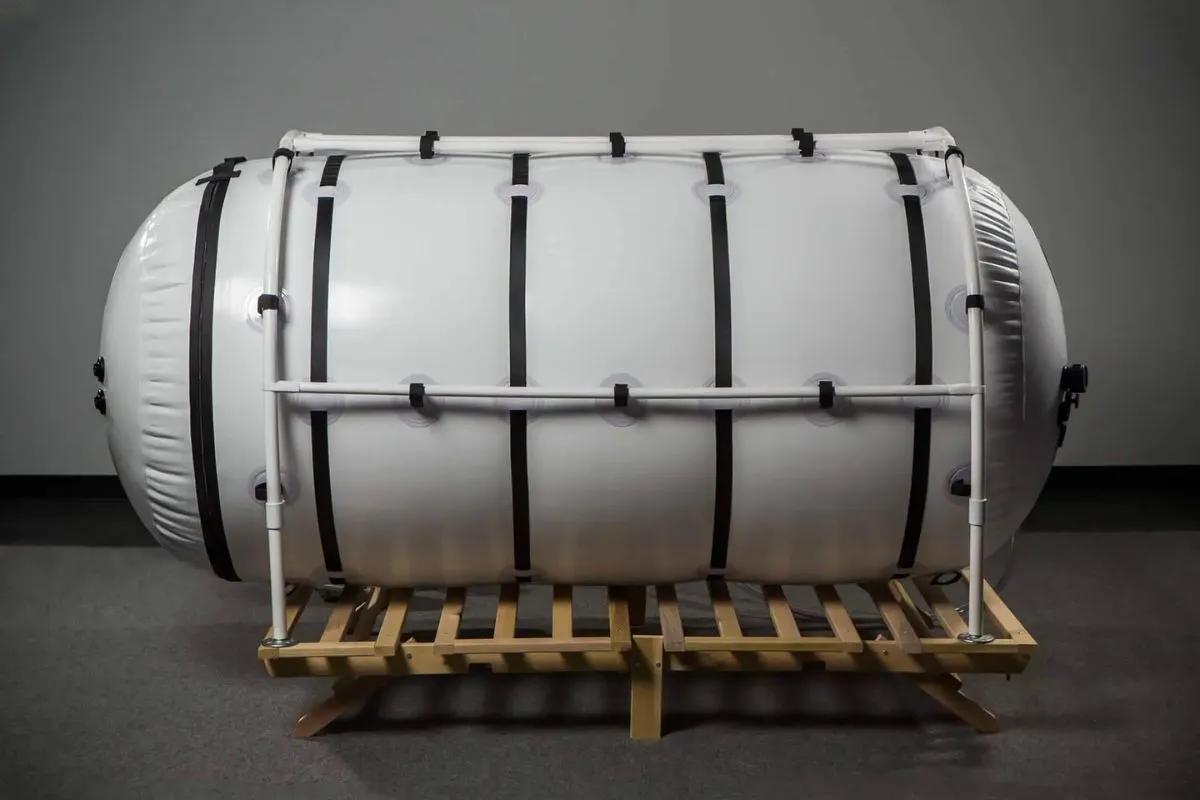September 28, 2023

The Oxygen Therapy market is expected to reach USD 15 billion by 2023 as compared to 8 billion in 2016. That’s almost Double due to the widening use and popularity.
The World Oxygen Therapy Device Market is growing fast because of the rising prevalence of successes with a growing number of diseases. With this widespread success, the number of uses of Oxygen therapy is growing across the world with the changing lifestyle. The global market for Oxygen therapy devices is expected to grow at approximately 12% CAGR – almost doubling the purchases of oxygen therapy devices in the next 7 years.
HBOT devices play a vital role in the field of medicine, these devices help in the treatment of many diseases such as asthma, HIV/AIDS, bell’s palsy, Parkinson’s disease, spinal cord injuries, hepatitis, migraines, multiple sclerosis, stroke, and sports injuries. Moreover, HBOT devices have Food and Drug Administration (FDA) approval for treating decompression sickness, thermal, necrotizing soft tissues infection, and burn injury. HBOT devices are also used in the off-label (means the medication is not specified in the FDA’s approved packaging label) medical induction treatments such as brain injuries and cancer. Such high preference from the patients and physicians for HBOT in the medical field has powered growth in the HBOT devices market. The market is expected to rise in the forecast period, especially across North America, Europe, and Asia-Pacific region.
Oxygen is required by cells to do work. Oxygen therapy is the supplement of oxygen in the body through external means for people who have chronic disorders.
Hyperbaric oxygen therapy (HBOT) devices are used to deliver oxygen to tissues in the body under higher atmospheric pressure. During HBOT, the pressure is increased above the normal atmospheric pressure, creating a high amount of partial pressure of oxygen. Under hyperbaric conditions, one atmosphere absolute is pressured and the air we normally breathe is composed of 21% oxygen and 79% nitrogen. Breathing in 95% concentrated oxygen, the body is exposed to the rise in atmospheric pressure so that the oxygen molecules become condensed and this allows us to breathe a higher amount of partial pressure of oxygen. This dissolves the oxygen in the plasma around 10 to 15 times greater than normal. and the supersaturation of oxygen in the body’s tissues promotes the increase in capillary growth, increase in white blood cell (WBC) activity, new tissues development, increase oxygen tension in hypoxic areas, reduction in the size of gas bubbles, and numerous other physiological effects.
Symptoms like weakness, headaches, fatigue, irritability, and more will be reduced.
Share on:
A free, open discussion group to explore hyperbaric oxygen therapy, compare home chamber brands, access expert info, and get exclusive member discounts.